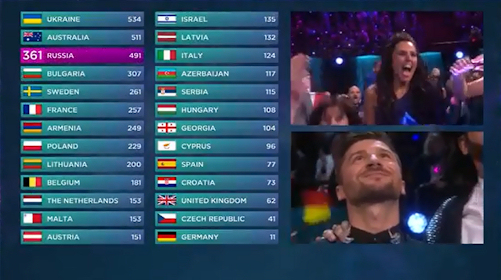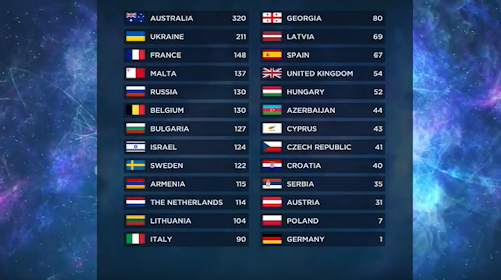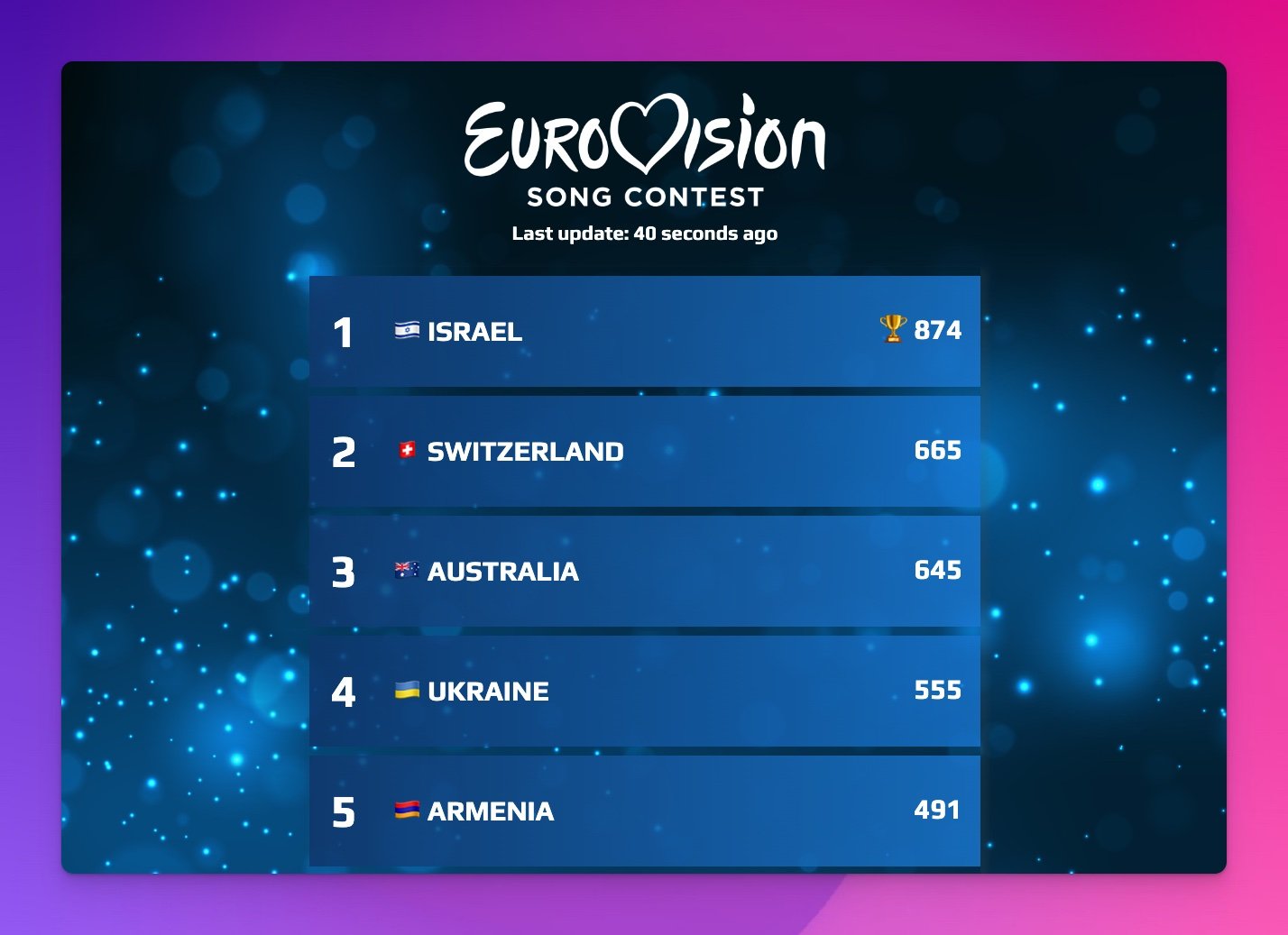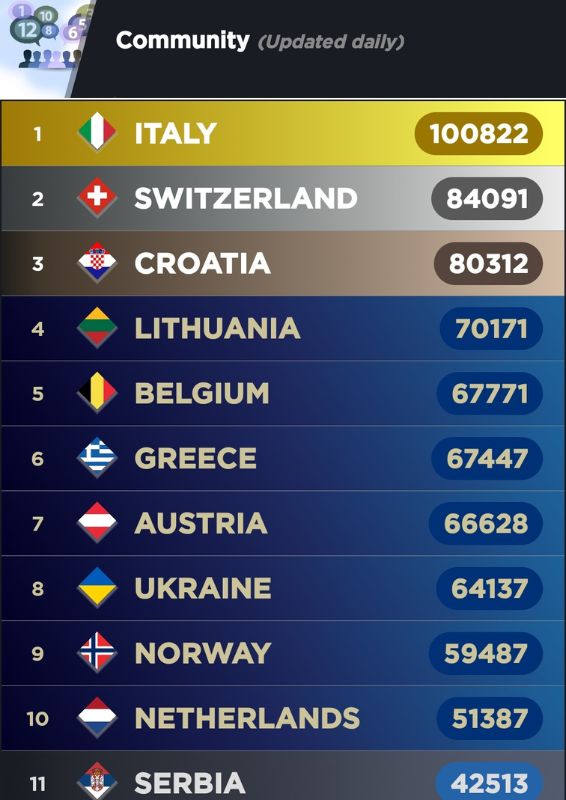Eurovision Scoreboard Simulator 2016

The living room pulsed with anticipation. The air crackled with nervous energy as friends huddled around a glowing laptop screen, fingers poised over virtual buttons. Flags of countless nations fluttered in the background, projected onto the wall. This wasn't a viewing party for the actual Eurovision Song Contest. This was something more intimate, more… calculated. This was the annual Eurovision Scoreboard Simulator ritual.
At the heart of this fervent gathering was the 2016 version of the Eurovision Scoreboard Simulator, a deceptively simple tool that allows fans to play judge and jury, meticulously crafting their own version of the contest results. This digital playground, while seemingly frivolous, offers a surprisingly insightful lens through which to examine the complexities of Eurovision fandom and the subtle art of predicting a continent's taste.
A History of Harmonious Simulation
The idea of simulating Eurovision results isn't new. Long before sophisticated online tools, fans would meticulously track their own scores and rankings on paper, often engaging in lively debates about potential outcomes.
The rise of the internet and user-friendly technology paved the way for the creation of online simulators. These early versions were often rudimentary, but they captured the essence of the experience. They offered a tangible way for fans to engage with the contest beyond simply watching it.
The 2016 Scoreboard Simulator, in particular, marked a significant step forward in terms of design and functionality. It offered a user-friendly interface, allowing individuals or groups to easily assign points to each participating country.
The Allure of Algorithmic Anticipation
What exactly makes this simulation so compelling? It's more than just a game. It taps into several key aspects of the Eurovision experience.
Firstly, it fosters a sense of agency. Viewers aren't passively consuming the contest. They are actively shaping its outcome, albeit in a virtual setting.
Secondly, it provides a framework for critical analysis. To accurately predict results, one must consider a multitude of factors, including the quality of the songs, the staging, the political alliances between countries, and the general public sentiment.
Furthermore, the simulator offers a unique opportunity for social interaction. Friends and fellow fans can compare their simulated results, discuss their reasoning, and engage in spirited debates about which country deserves to win. These discussions often extend beyond the purely musical aspects of the contest, delving into cultural and political nuances.
Beyond the Screen: Real-World Relevance
While the Eurovision Scoreboard Simulator is undoubtedly a fun pastime, it also holds a degree of relevance in the real world. Many fans use the simulator to test their understanding of Eurovision voting patterns and to refine their prediction skills.
Some individuals even track their simulated results over multiple years, comparing them to the actual outcomes to identify trends and patterns. This data-driven approach to Eurovision fandom can provide valuable insights into the dynamics of the contest.
Moreover, the simulator can serve as a tool for educating newcomers about the complexities of Eurovision voting. By experimenting with different scenarios and observing the resulting scores, new fans can gain a better understanding of how the contest works and what factors influence the final outcome.
"The simulator lets you step into the shoes of the juries and the televoters," explained seasoned Eurovision blogger, Sarah Johnson, in an interview. "It forces you to think critically about each entry and to consider how it will be received by different audiences."
In a world saturated with data and predictions, the 2016 Eurovision Scoreboard Simulator stands out as a testament to the enduring power of collective imagination and the human desire to understand and influence the world around us. It’s a digital embodiment of the Eurovision spirit: a celebration of diversity, creativity, and the unifying power of music, all wrapped up in a surprisingly analytical package.


















